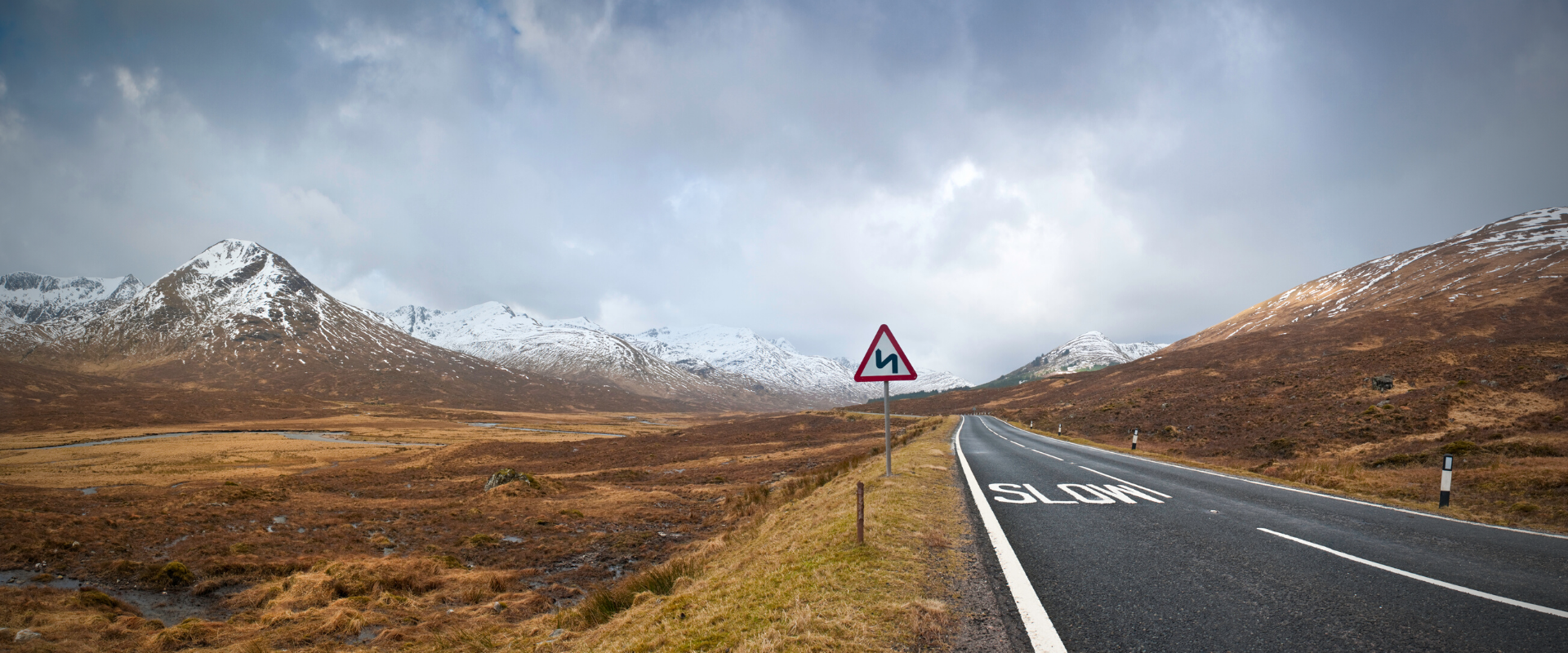
To avoid breakdowns and accidents while driving in the summer months, t's vital to have a good understanding of how to keep drivers and their vehicles operating safely in the heat.
Read More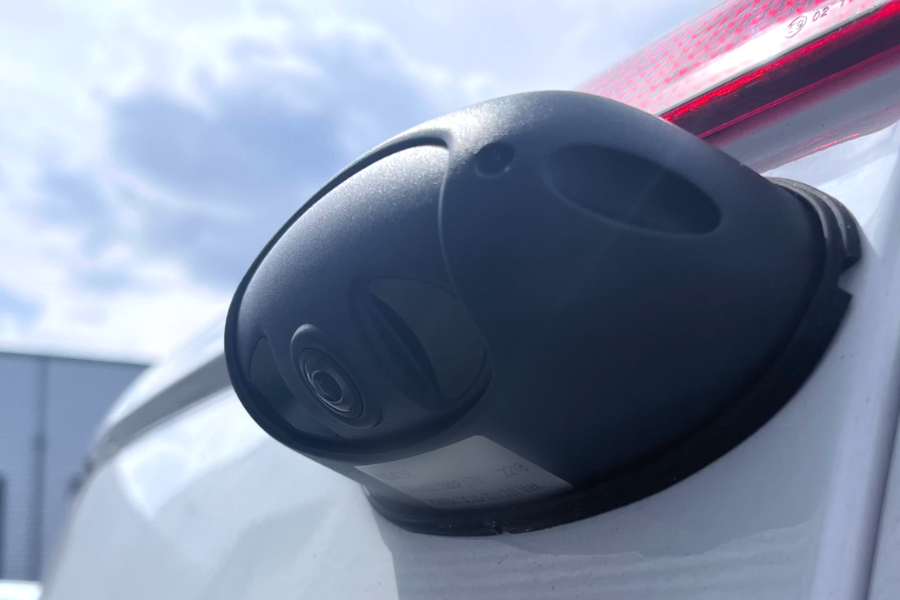

Larger vehicles such as HGVs and buses have huge areas surrounding them with little to no visibility. These blind spot areas are a huge risk for any driver, as they make it hard to spot motorcycles, pedestrians, and cyclists when changing lanes or manoeuvring.
The Human Detection Cameras proactively alert a driver in-cab when a VRU is identified in a specified zone, giving them visibility they may otherwise not have had, and giving them time to avoid an incident.
Visual and audio alarms to alert drivers in-cab to potential risk. Online alerts also available.
The AI technology only picks up humans - not static objects
High definition video output to provide drivers with a clear image in-cab
Alerts can also be sent to VUEhub for fleet managers to review
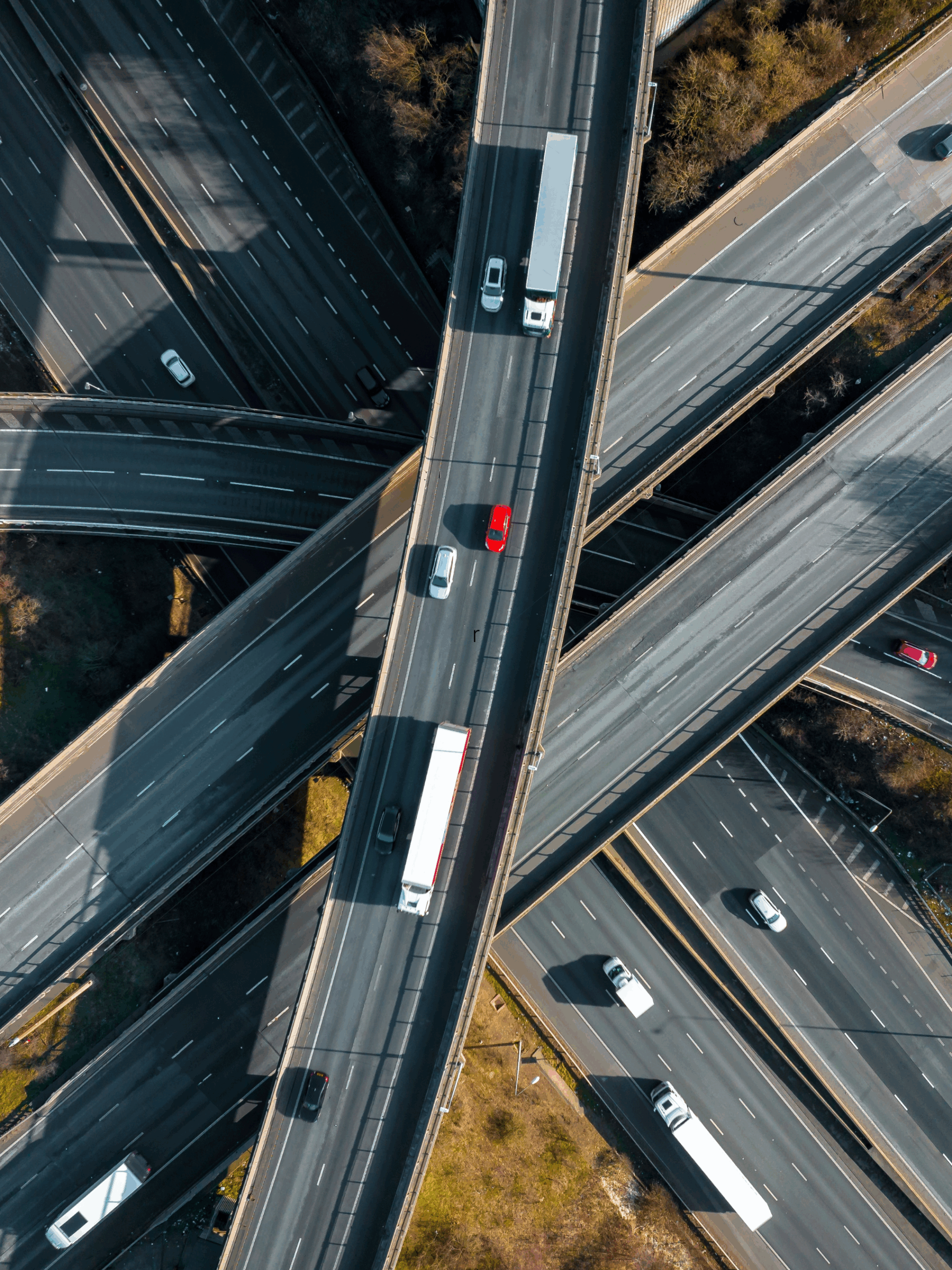

To avoid breakdowns and accidents while driving in the summer months, t's vital to have a good understanding of how to keep drivers and their vehicles operating safely in the heat.
Read More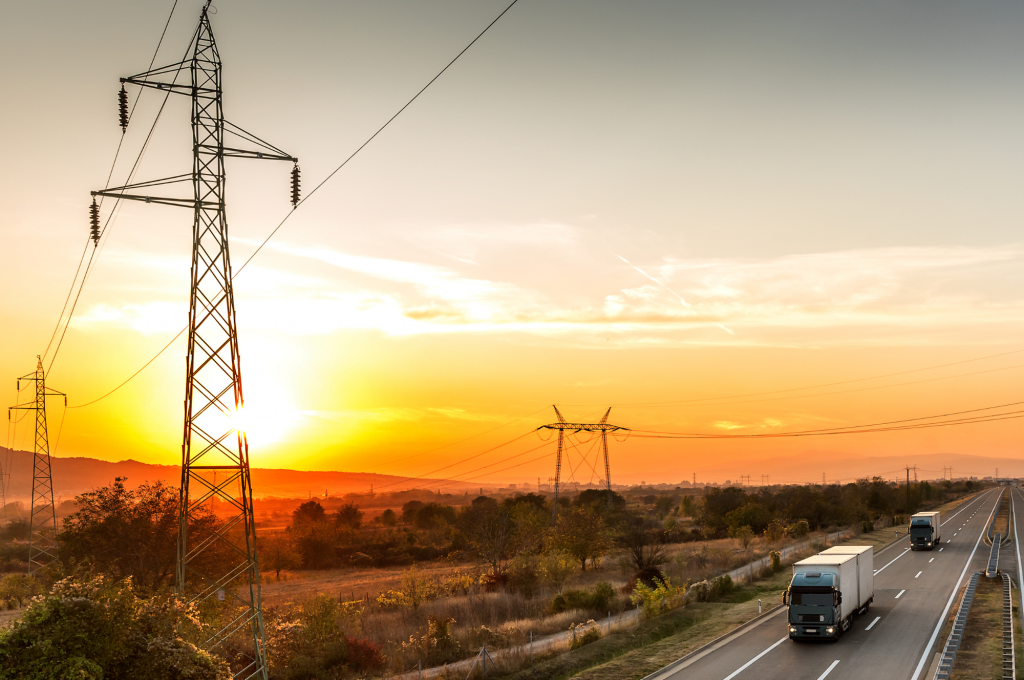
To minimise disruption, and maintain and improve fleet safety, it's vital to have a good understanding of the 3G sunset so that you can put measures in place to prepare for switch off.
Read More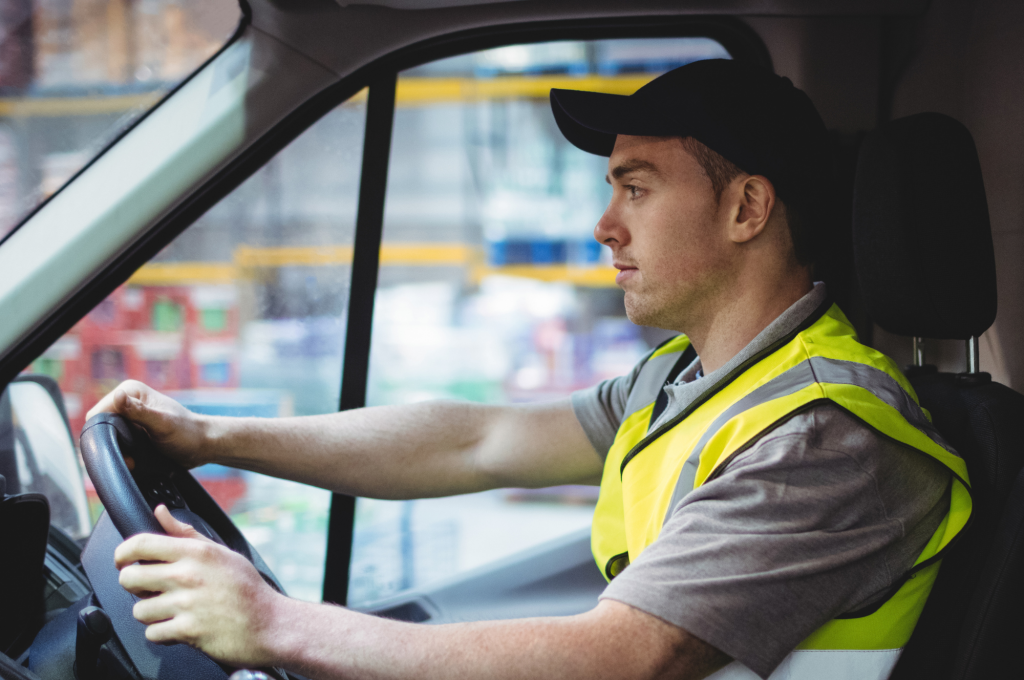
We've listed 5 steps fleet managers can take to ensure driver safety and improve overall fleet performance.
Read More
Pedestrian AI plays a key role in VUE's DVS Progressive Safe System for vehicles over 12 tonnes operating in London.
The camera's AI technology proactively identifies and alerts drivers when pedestrians are in areas of risk around their vehicle.
